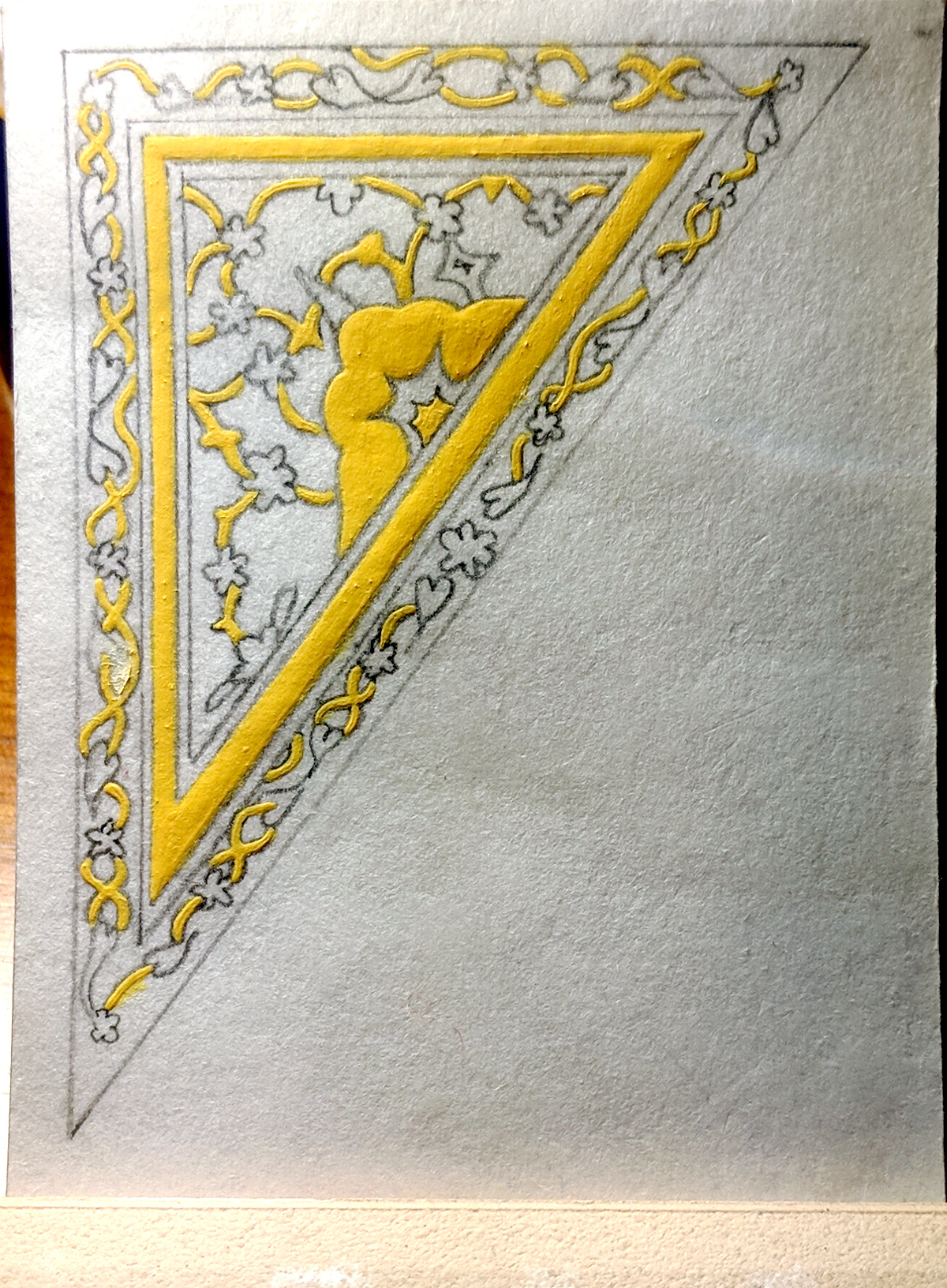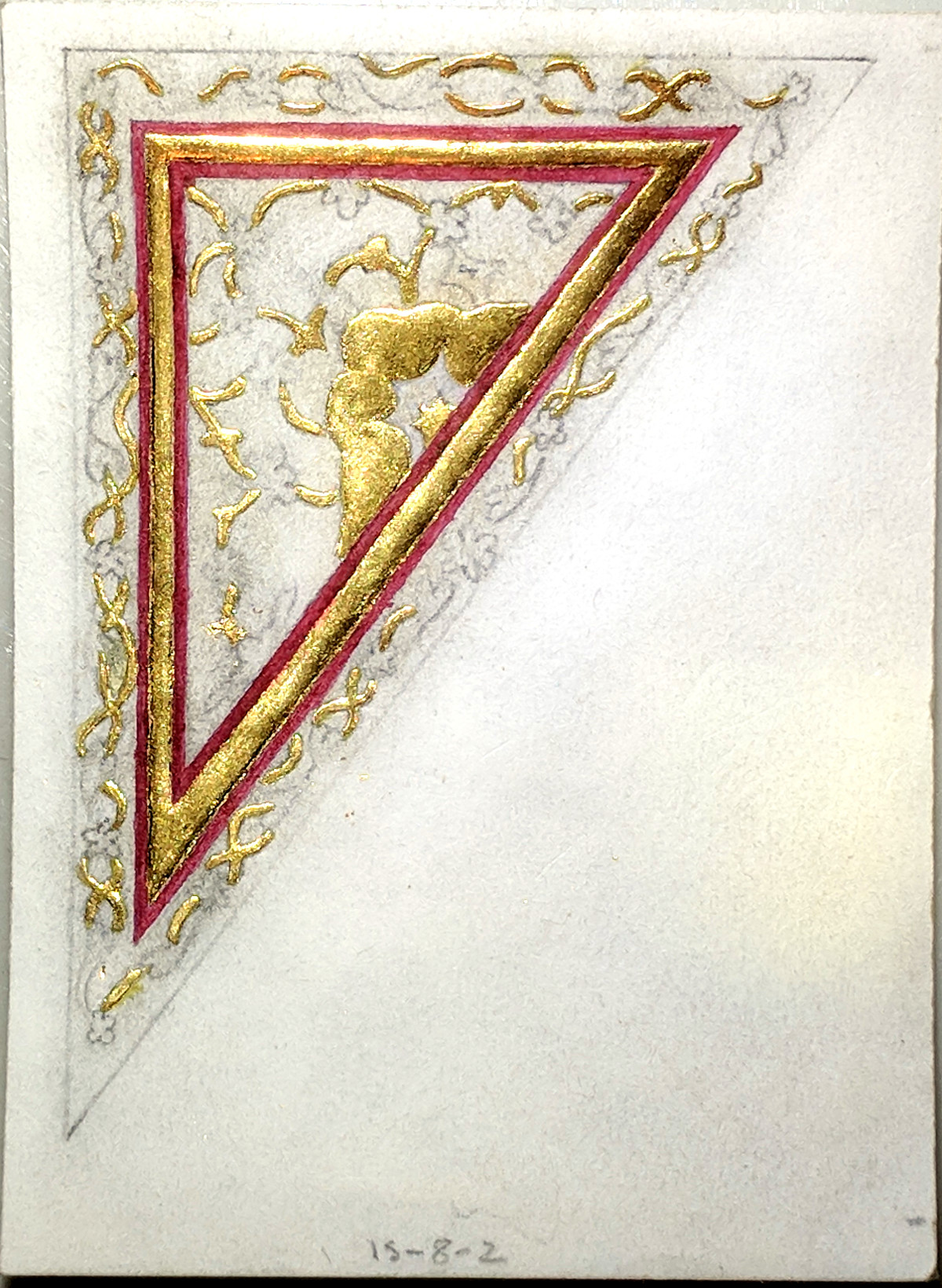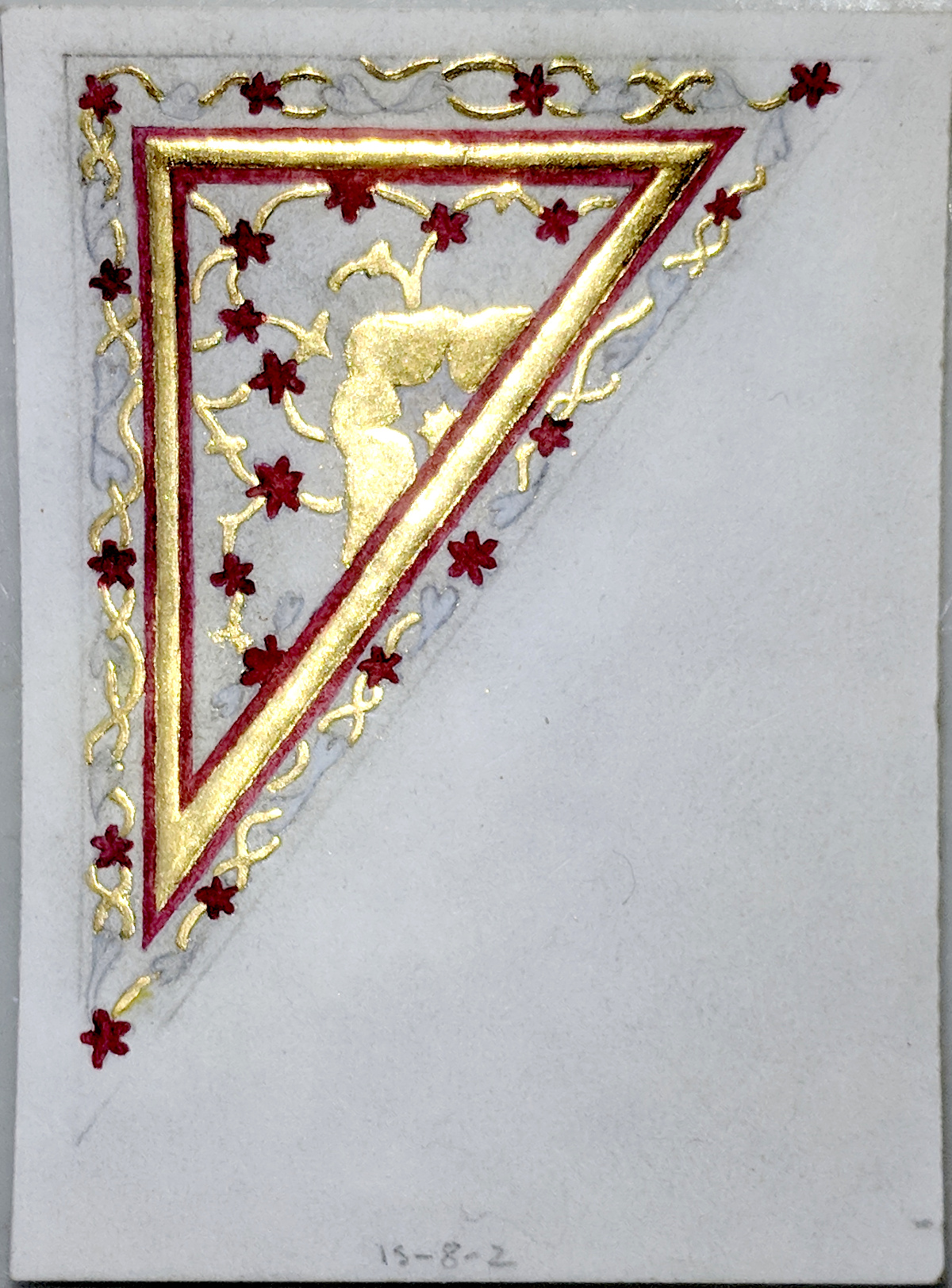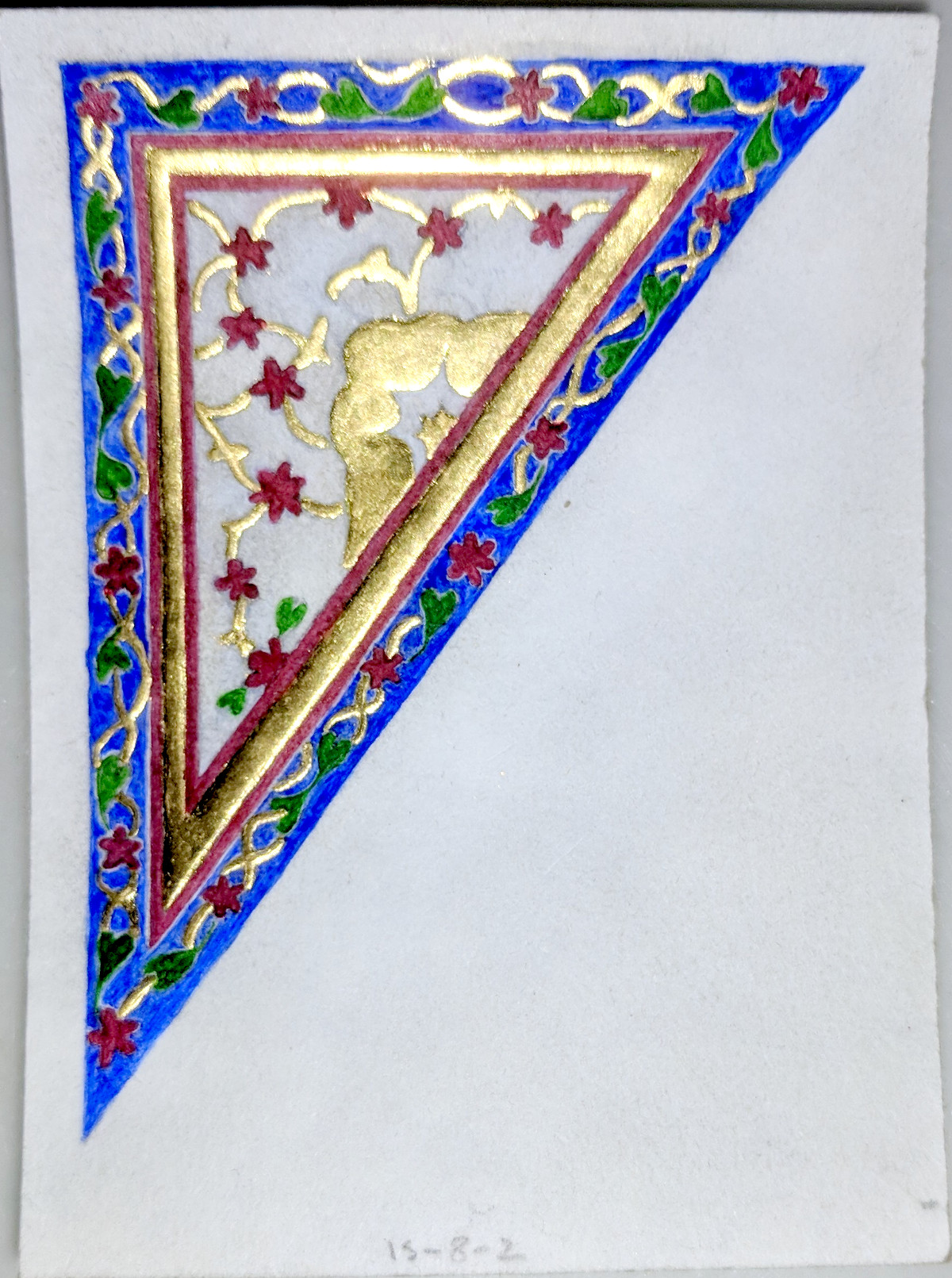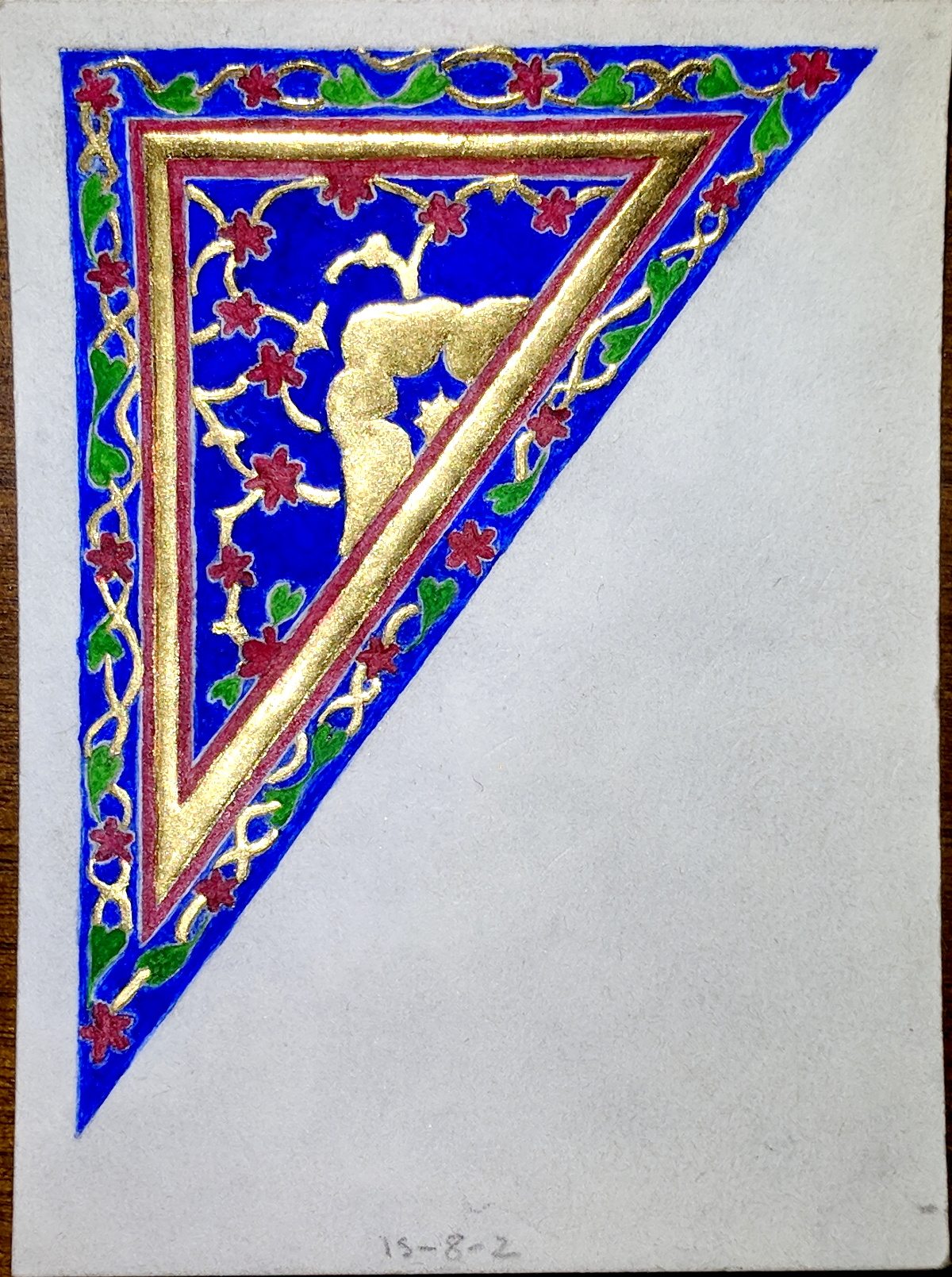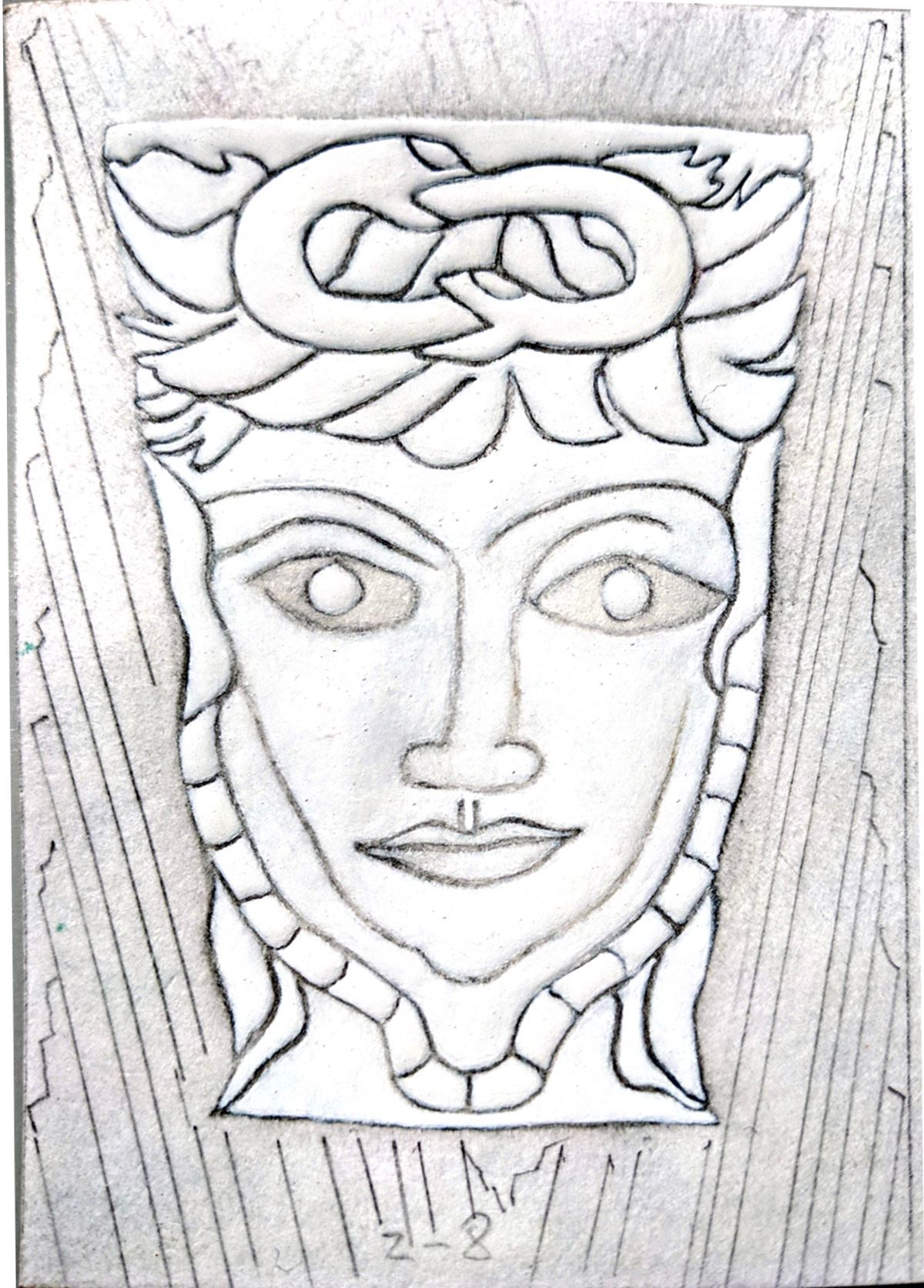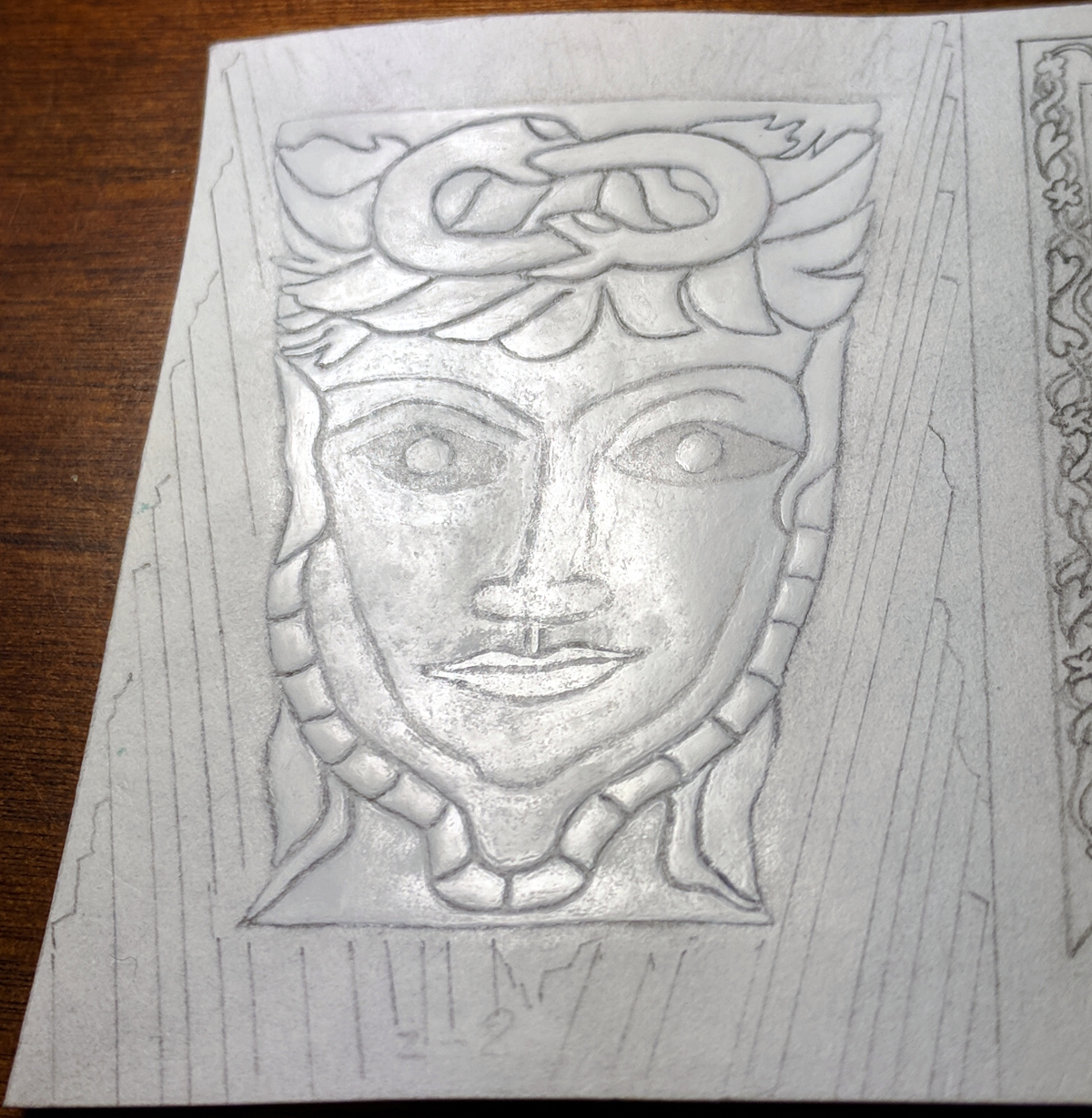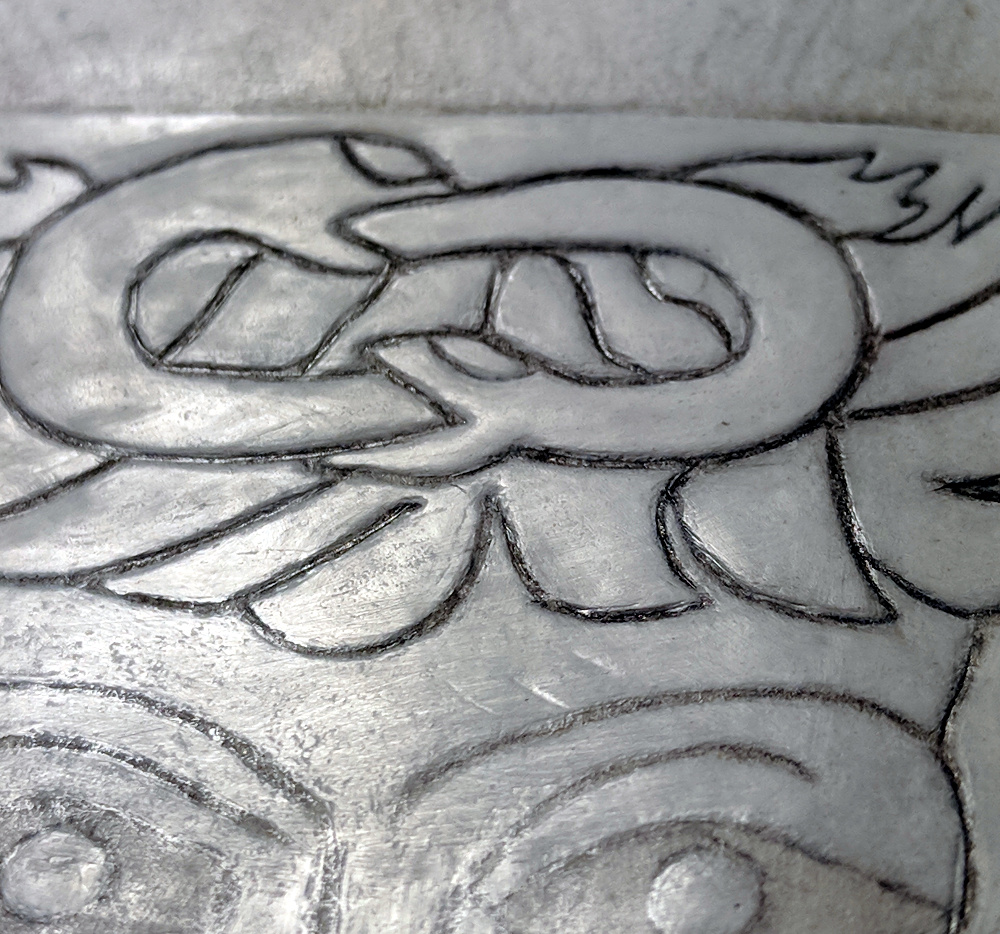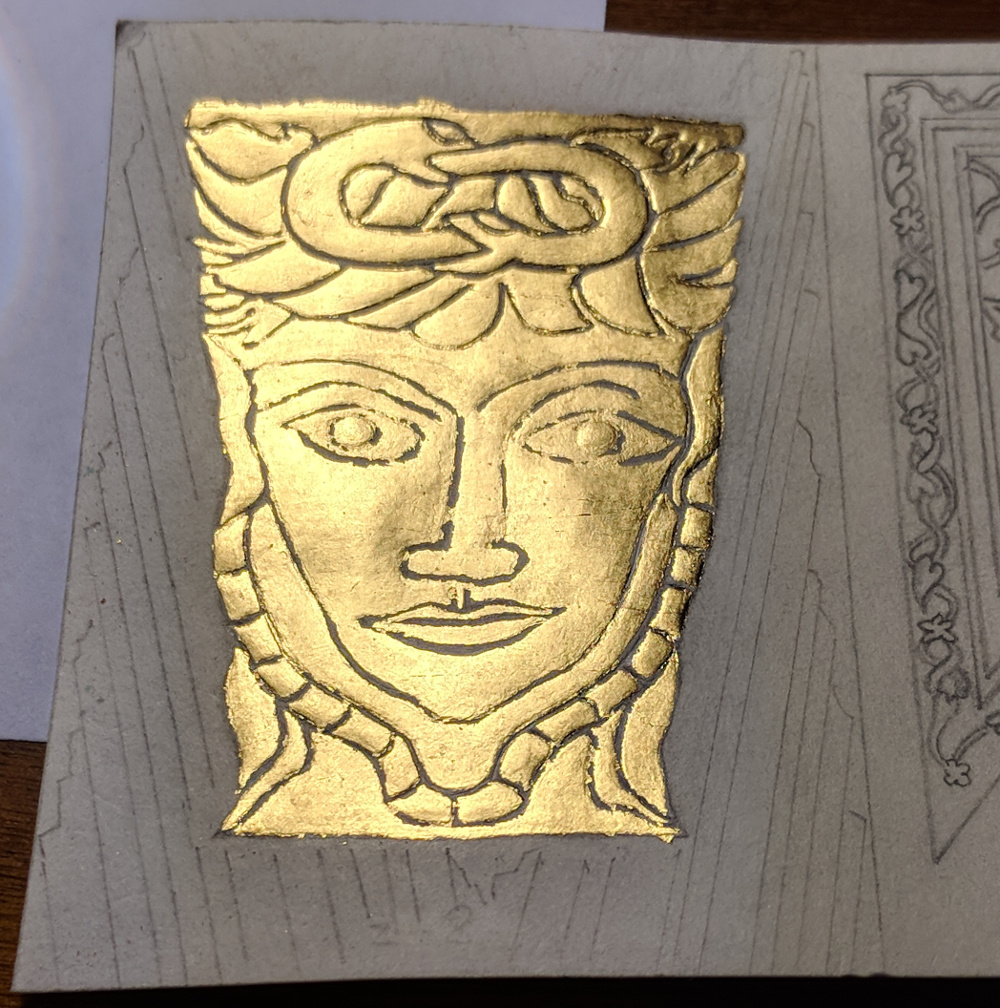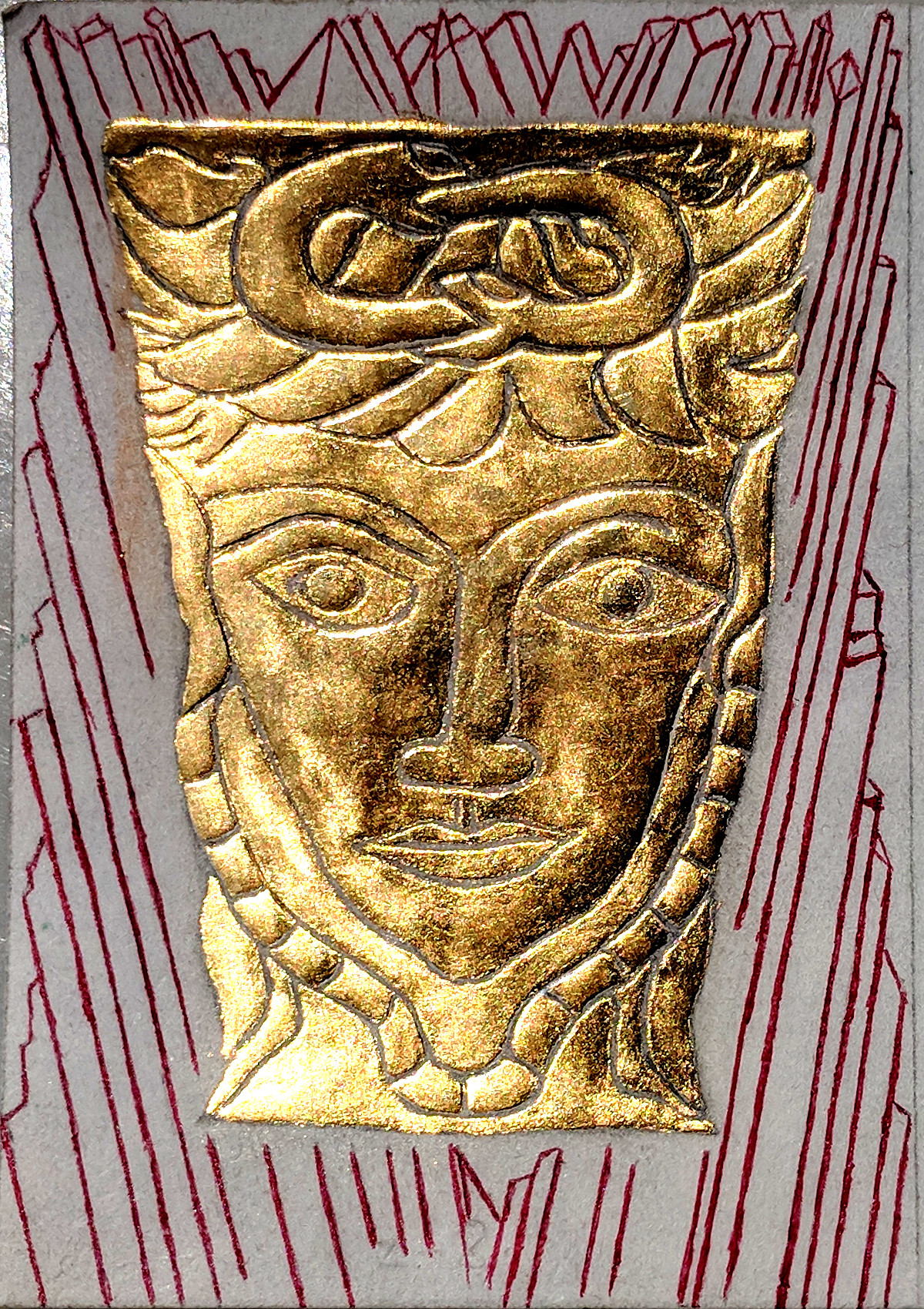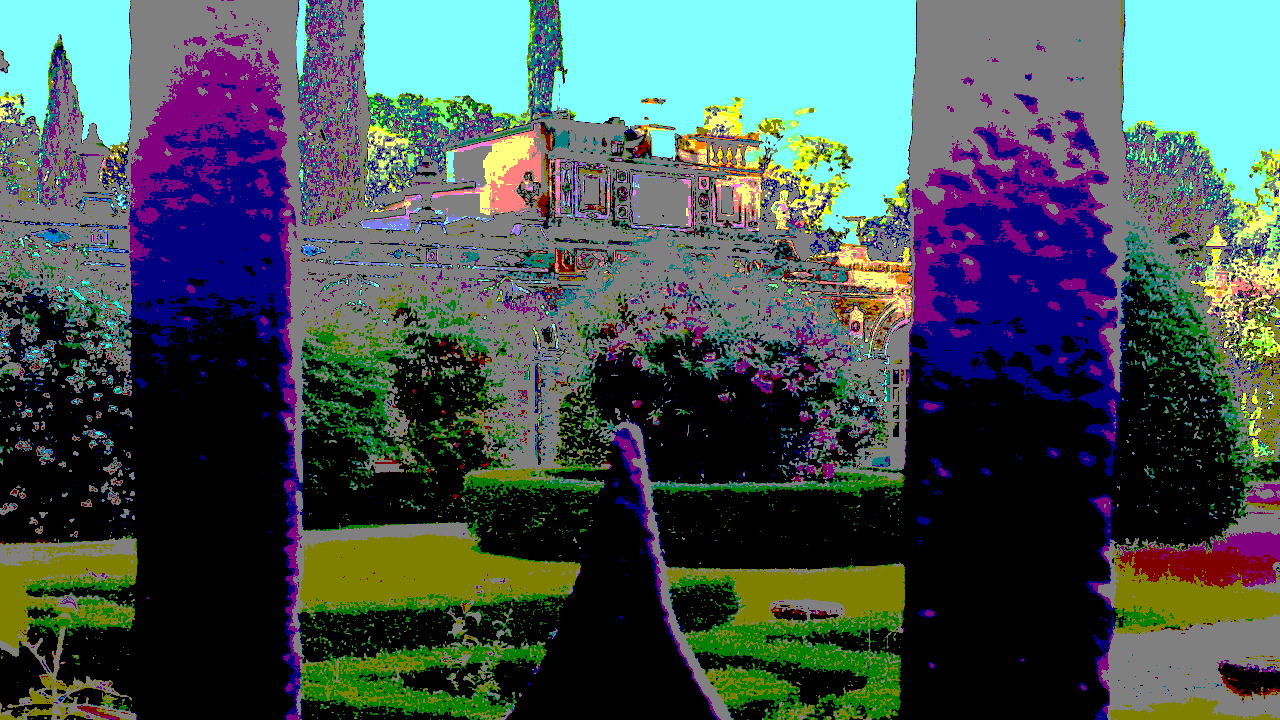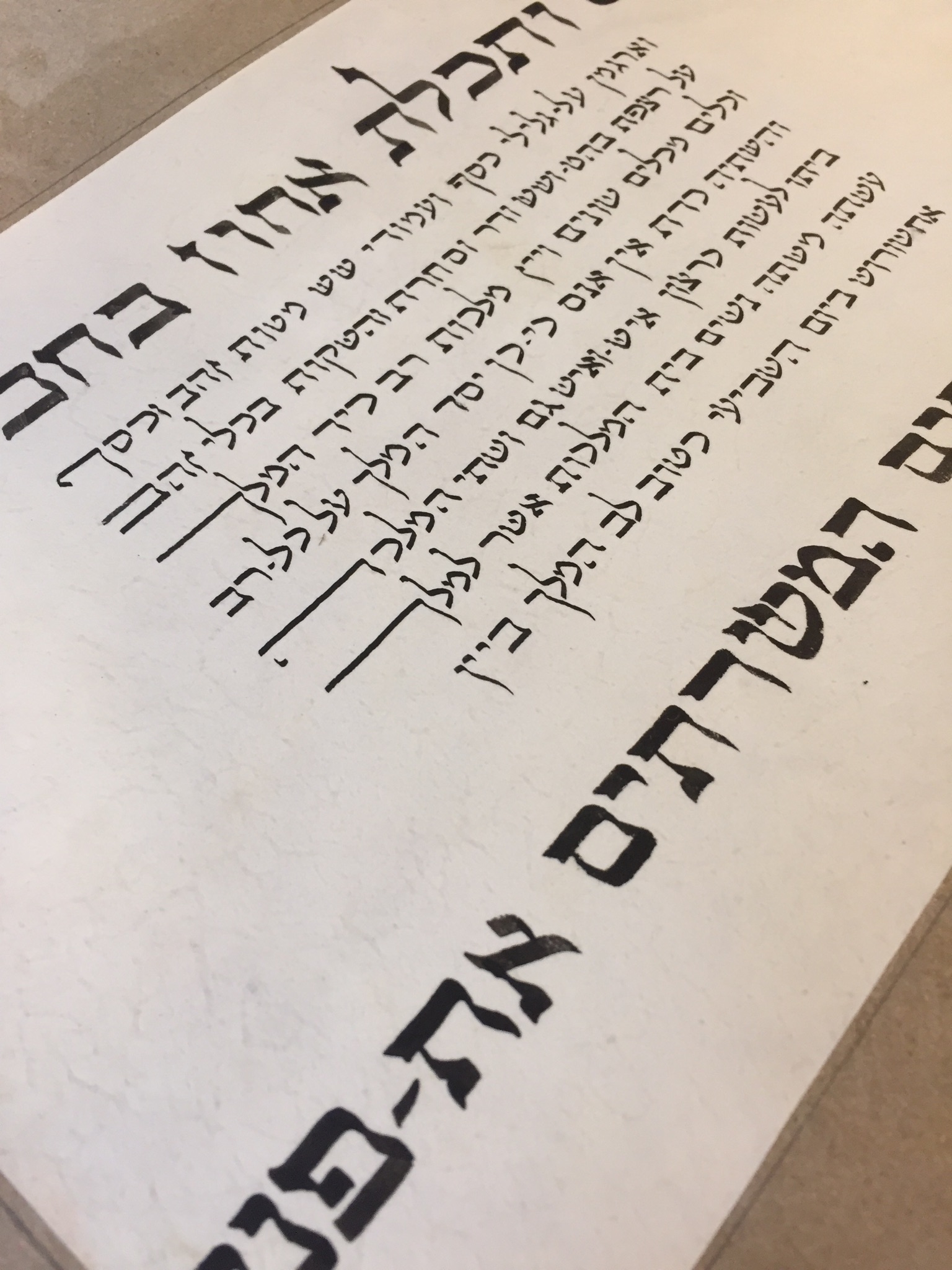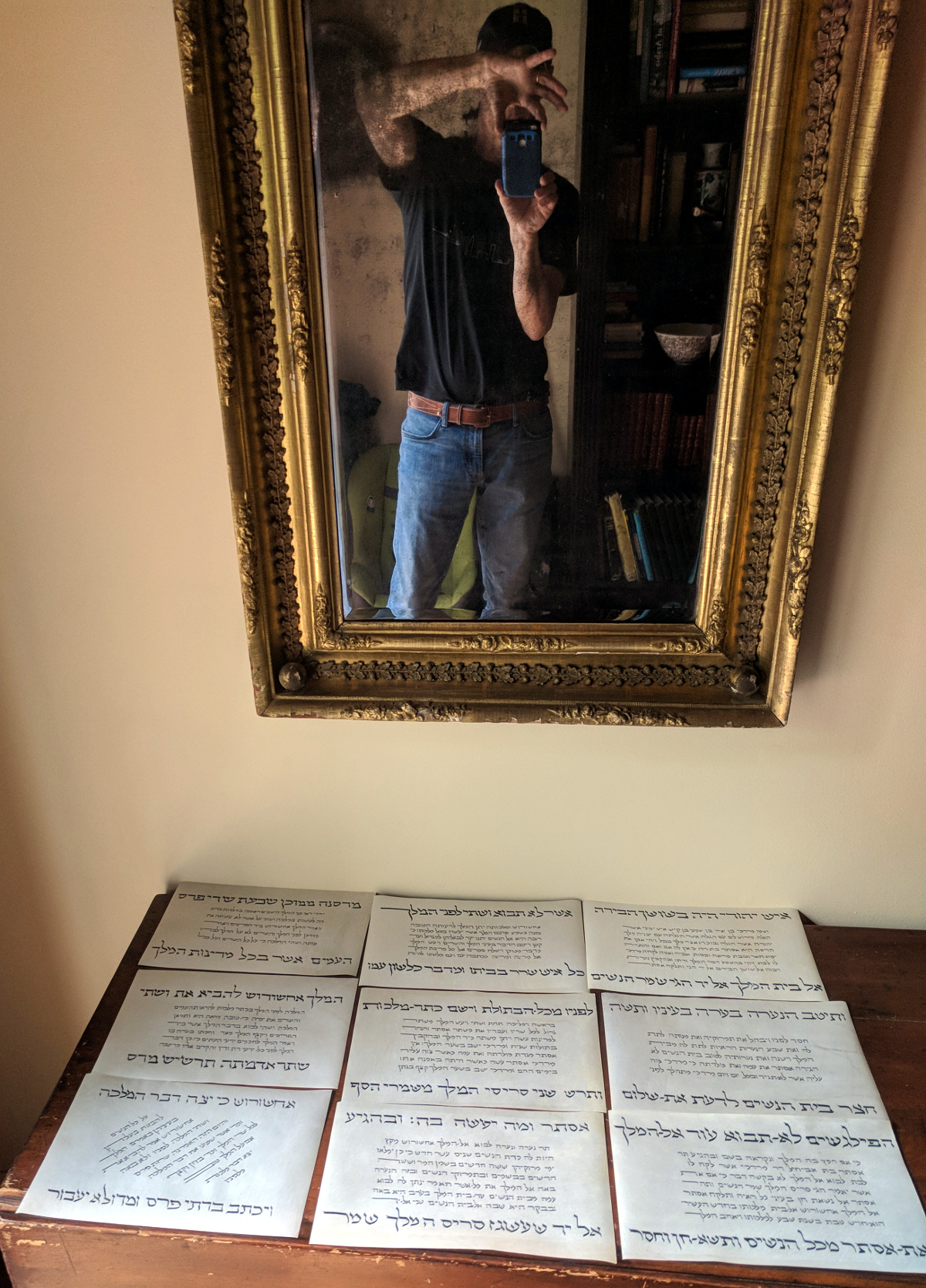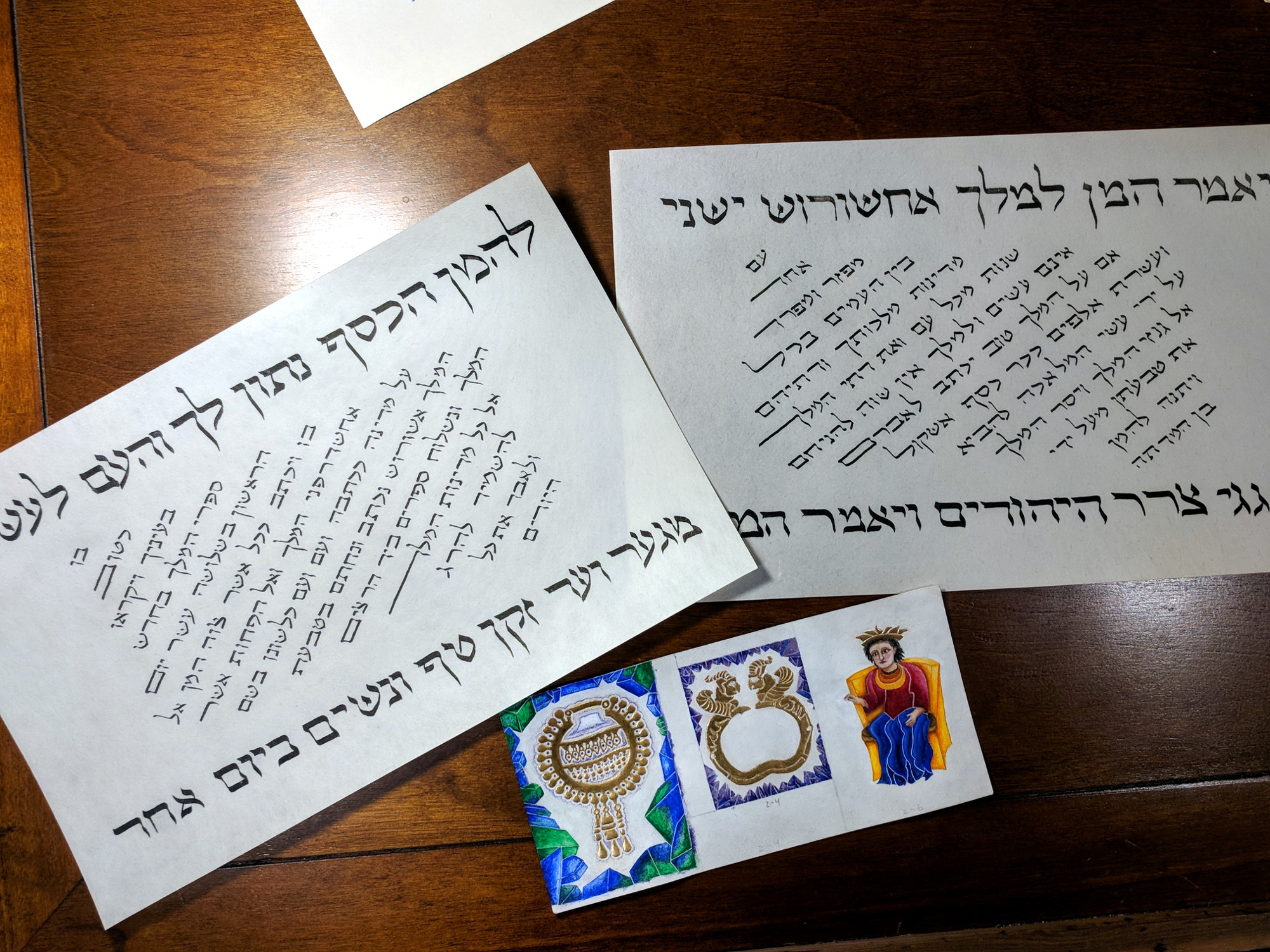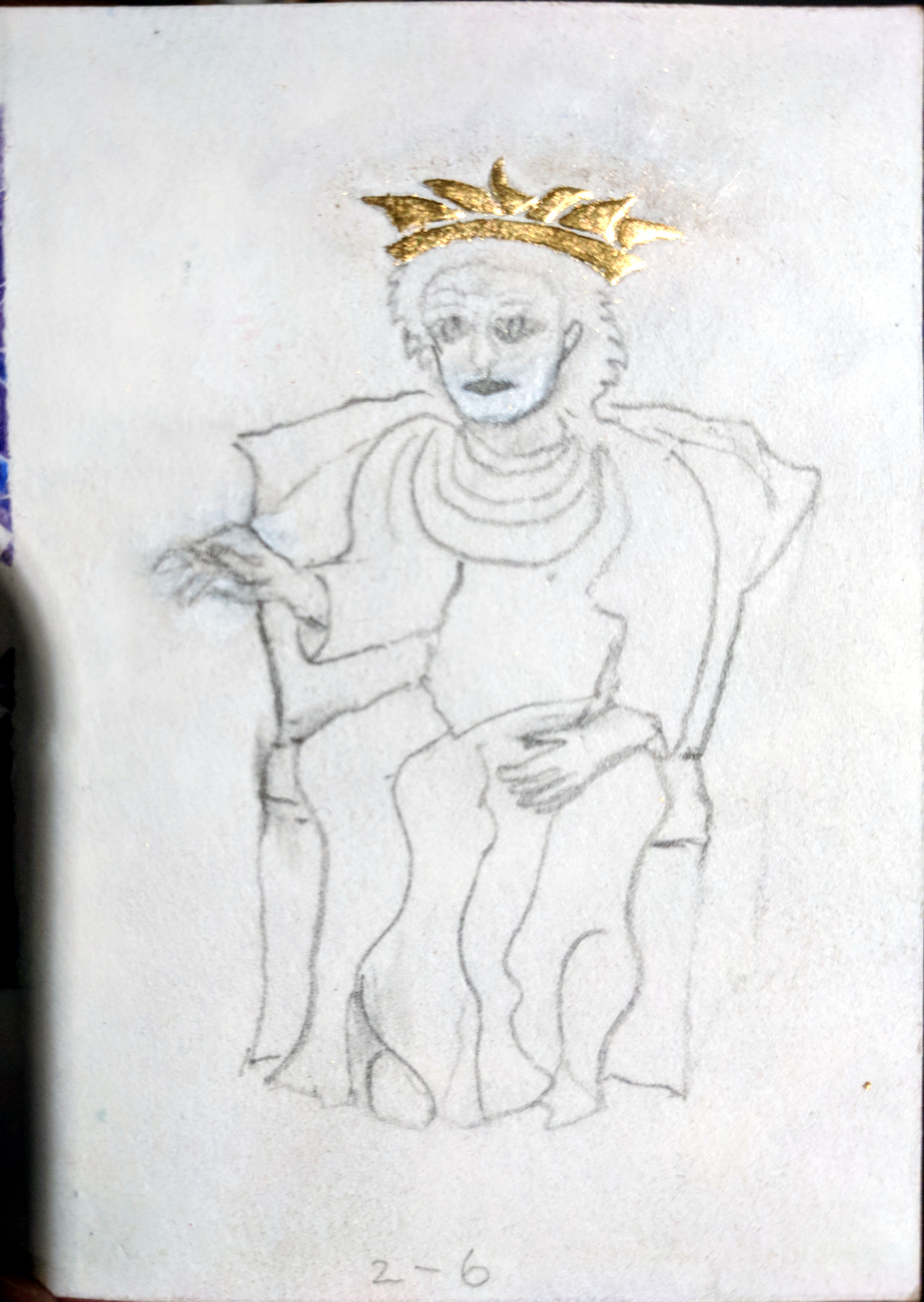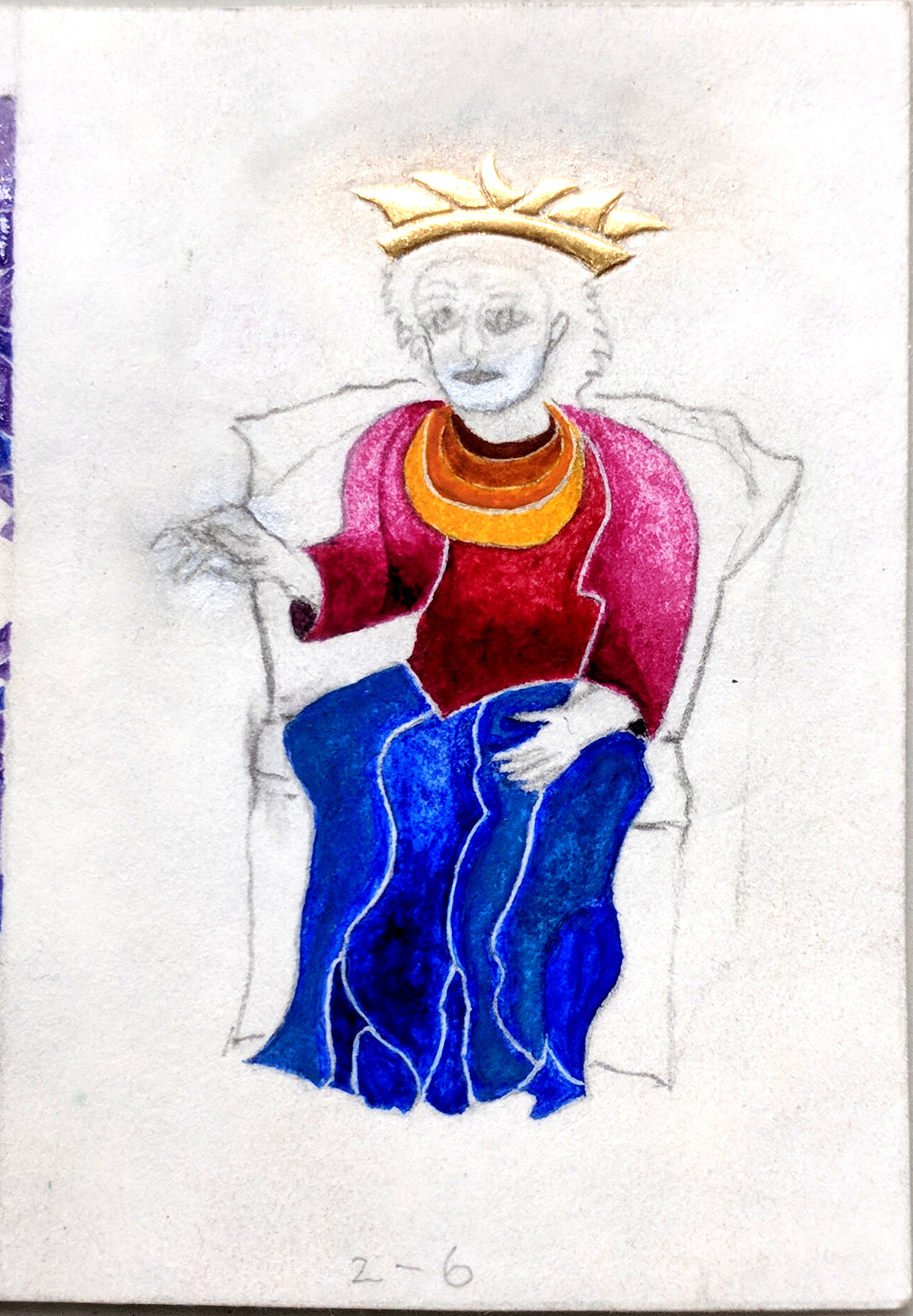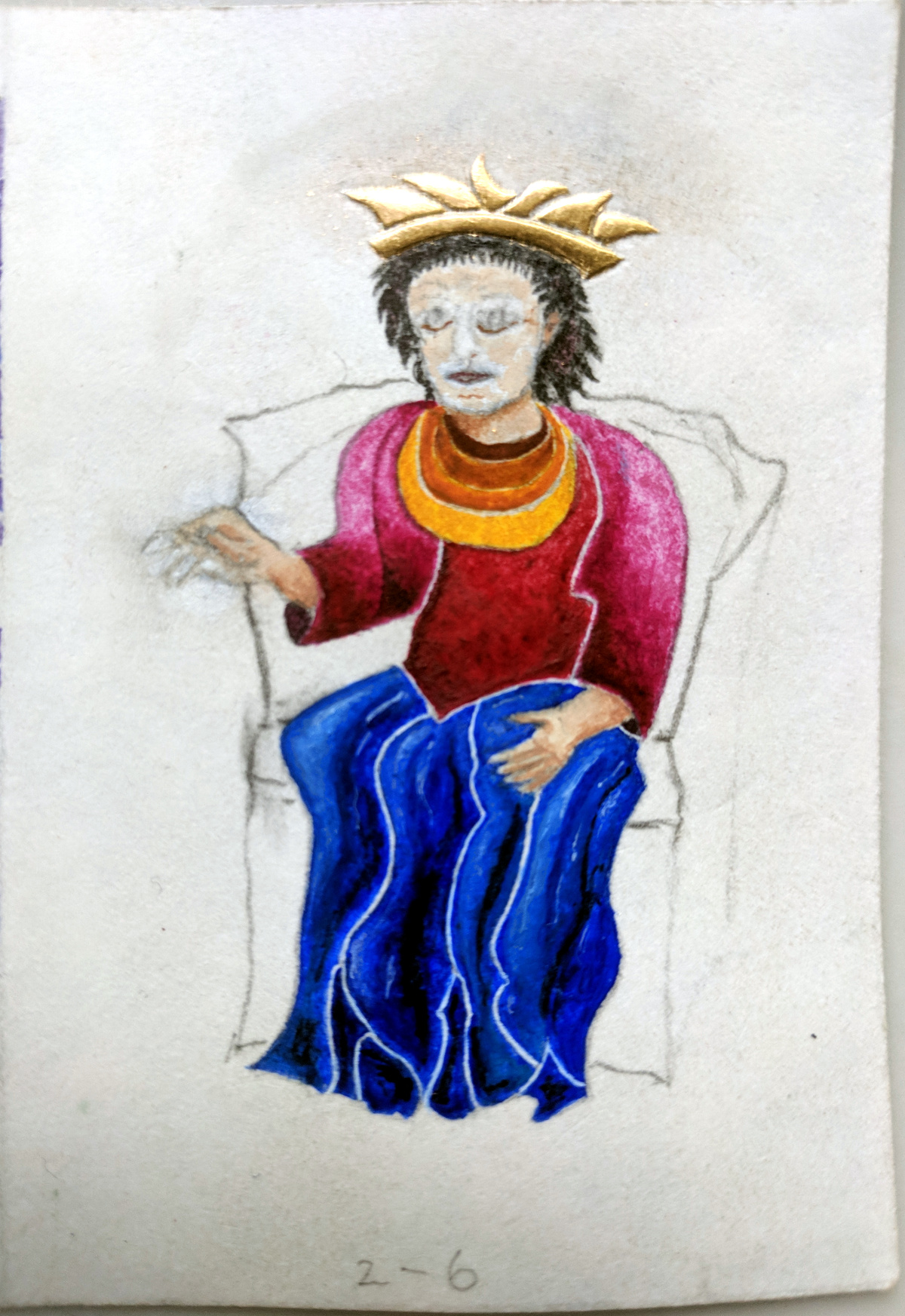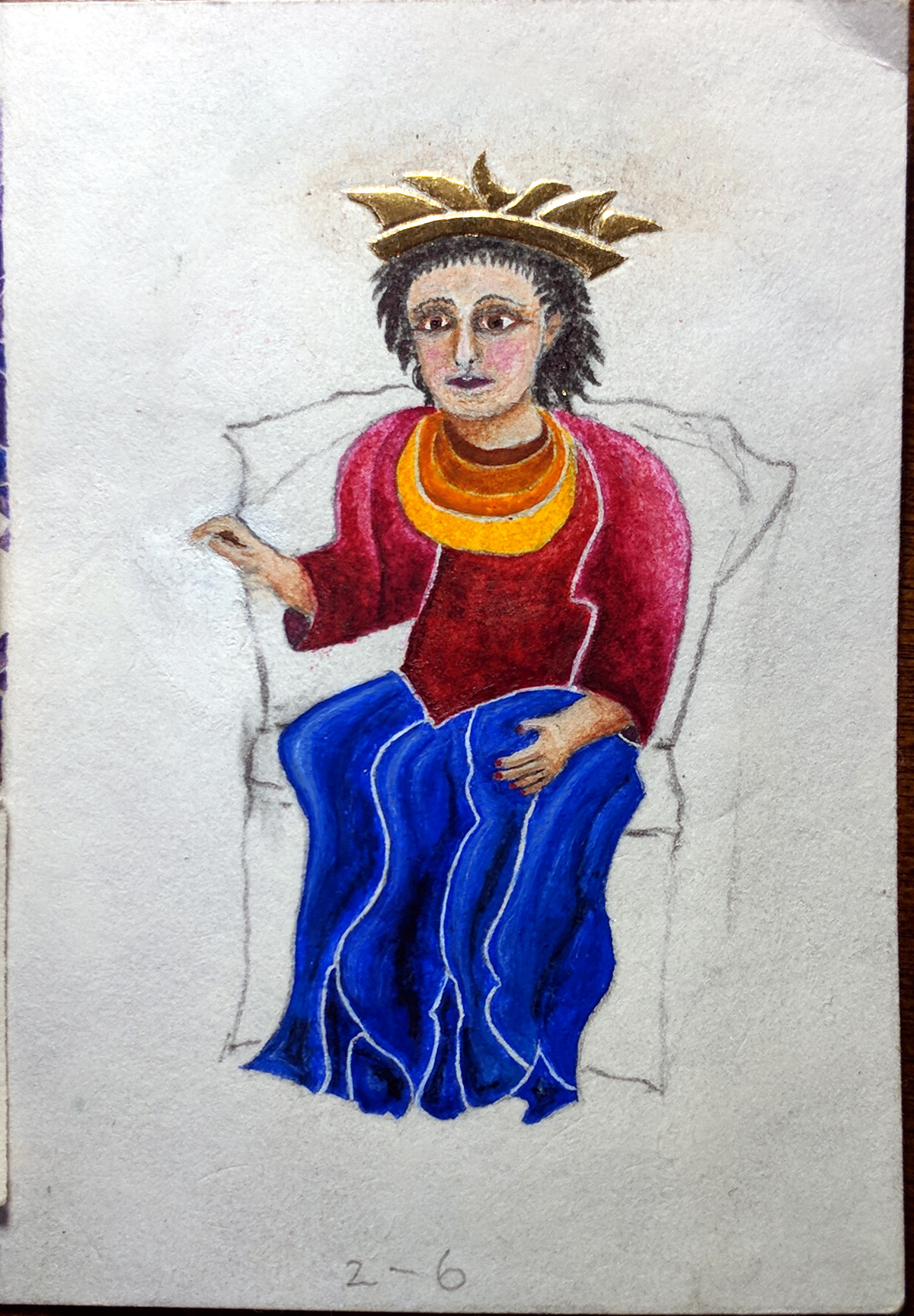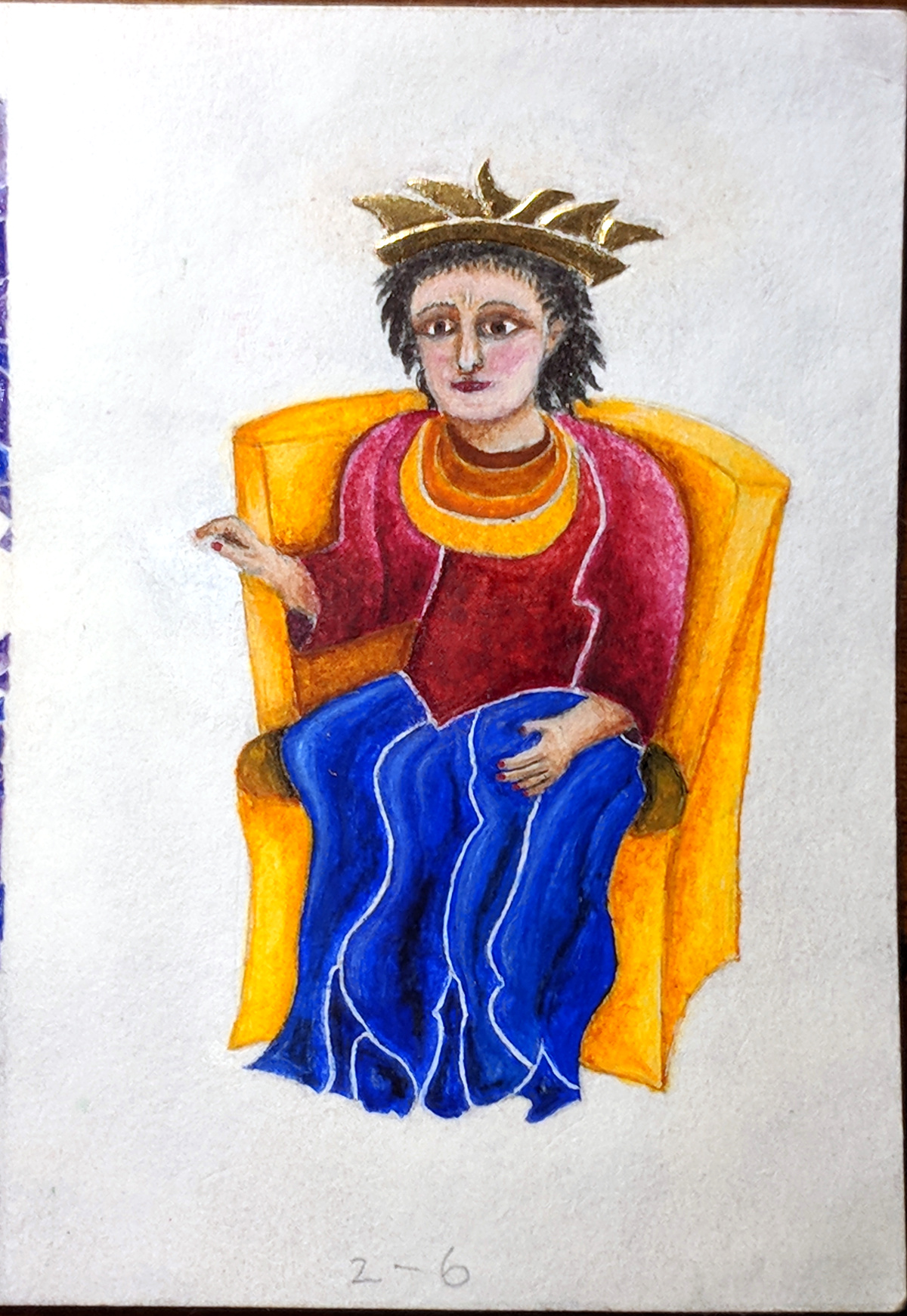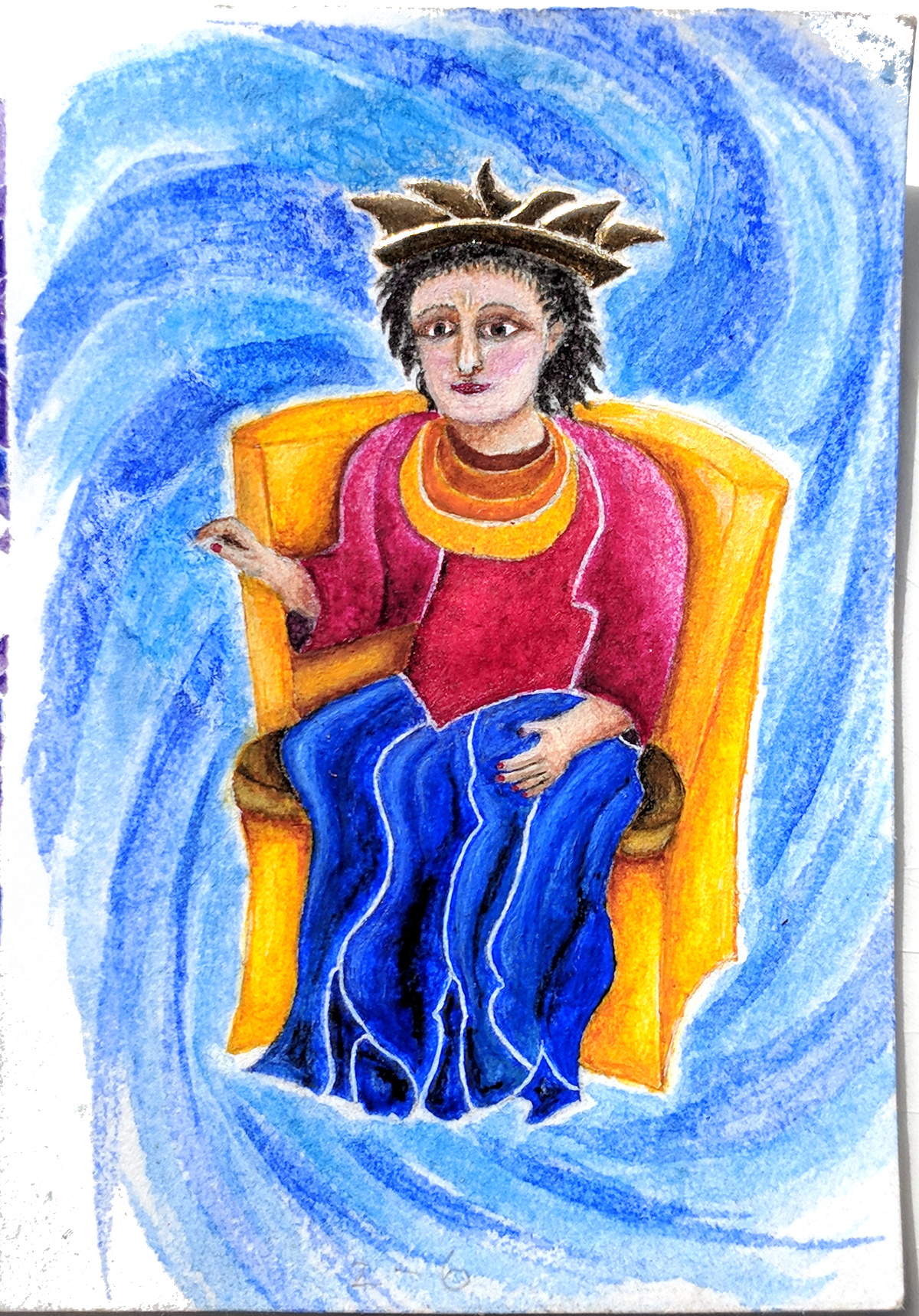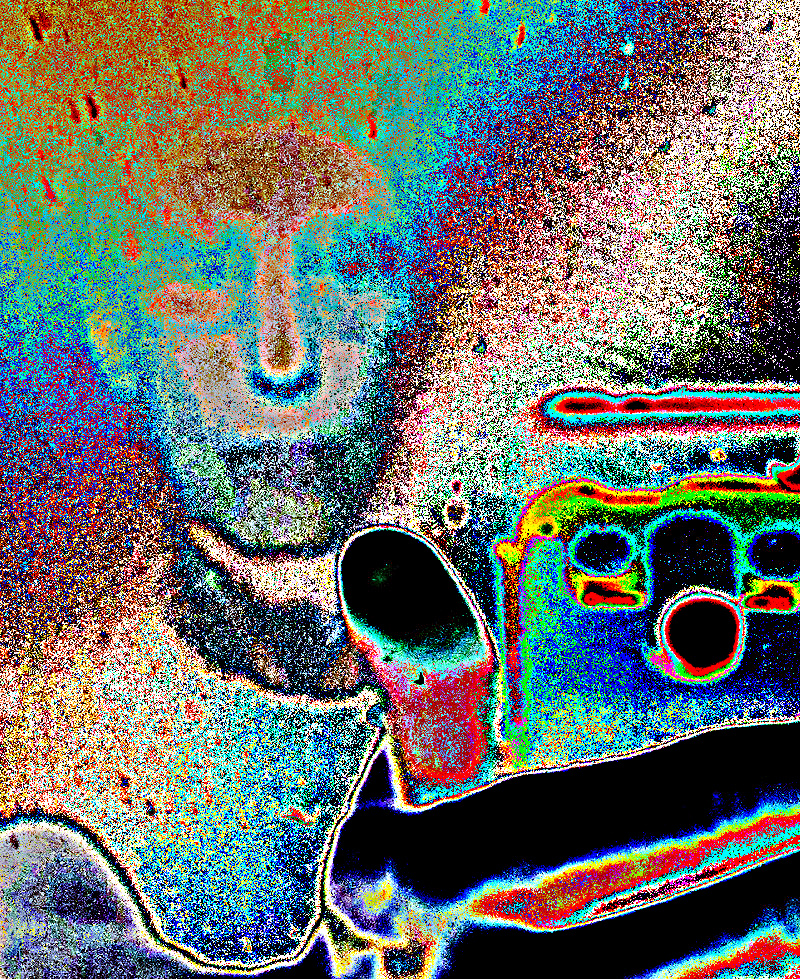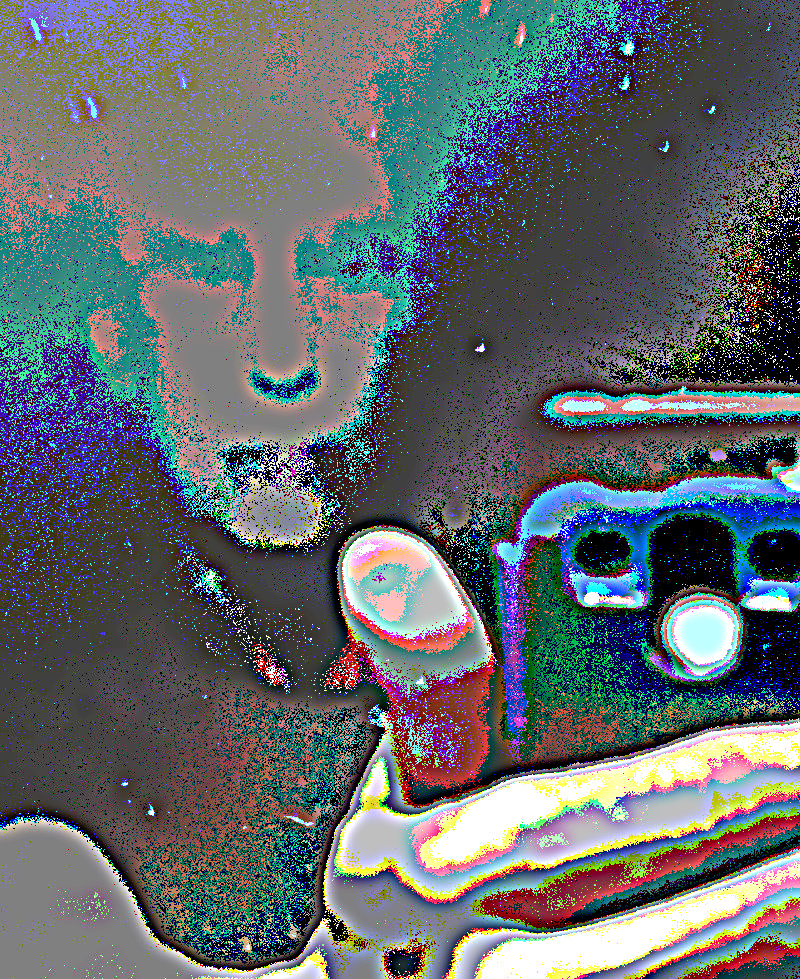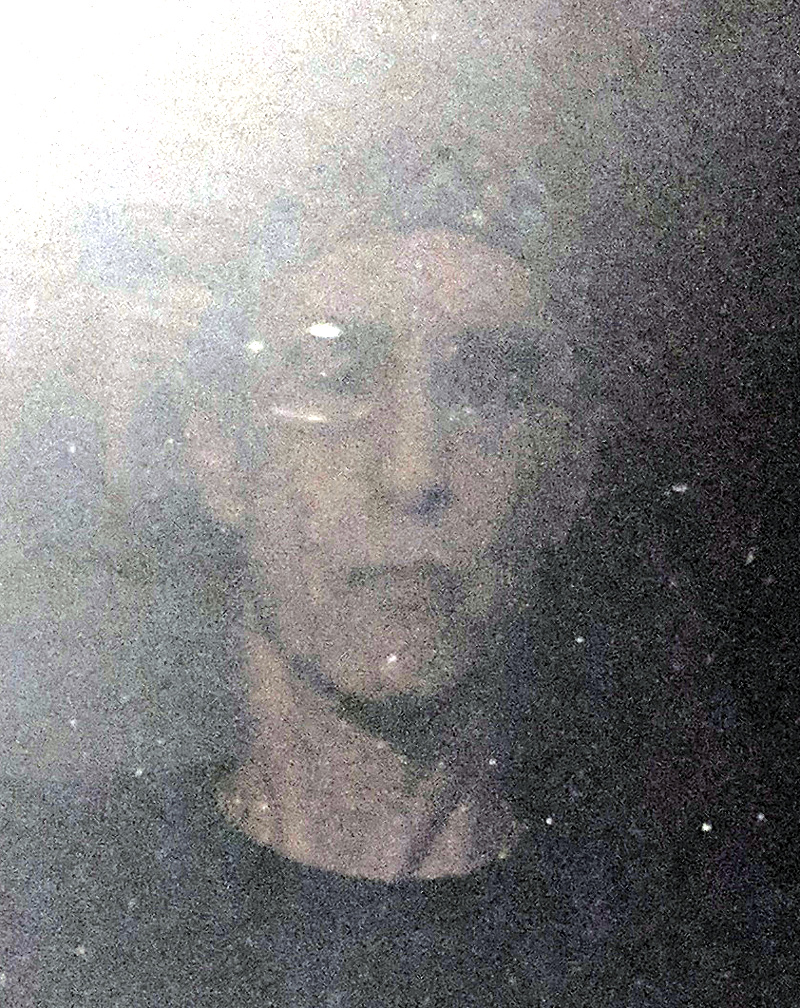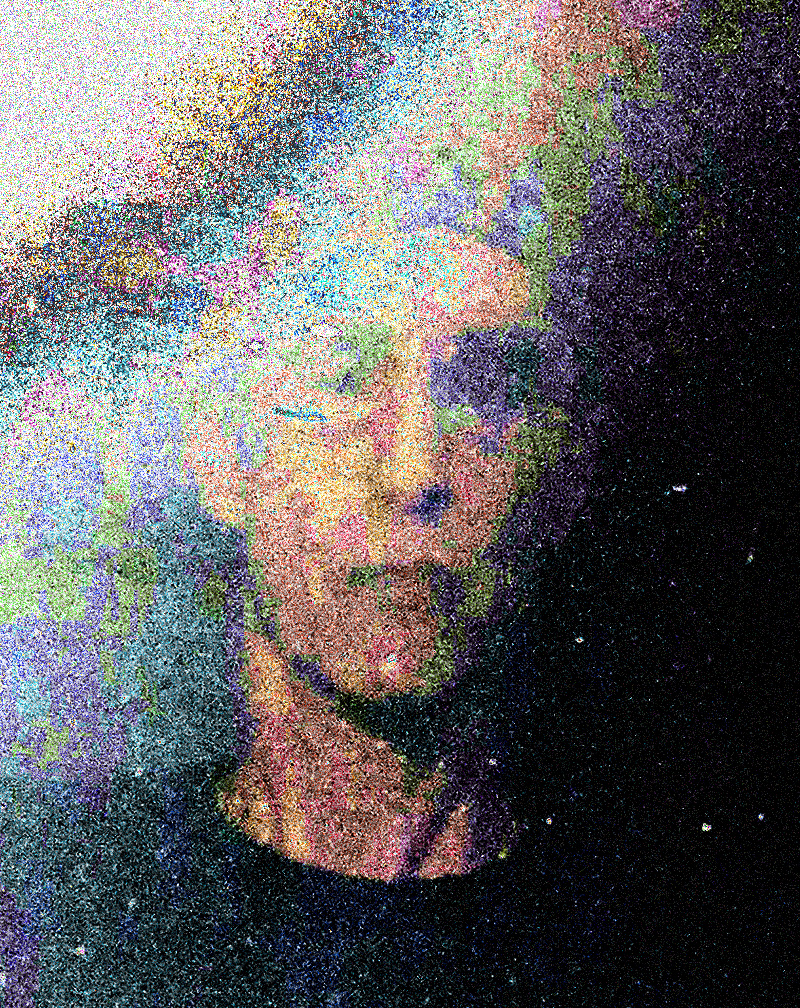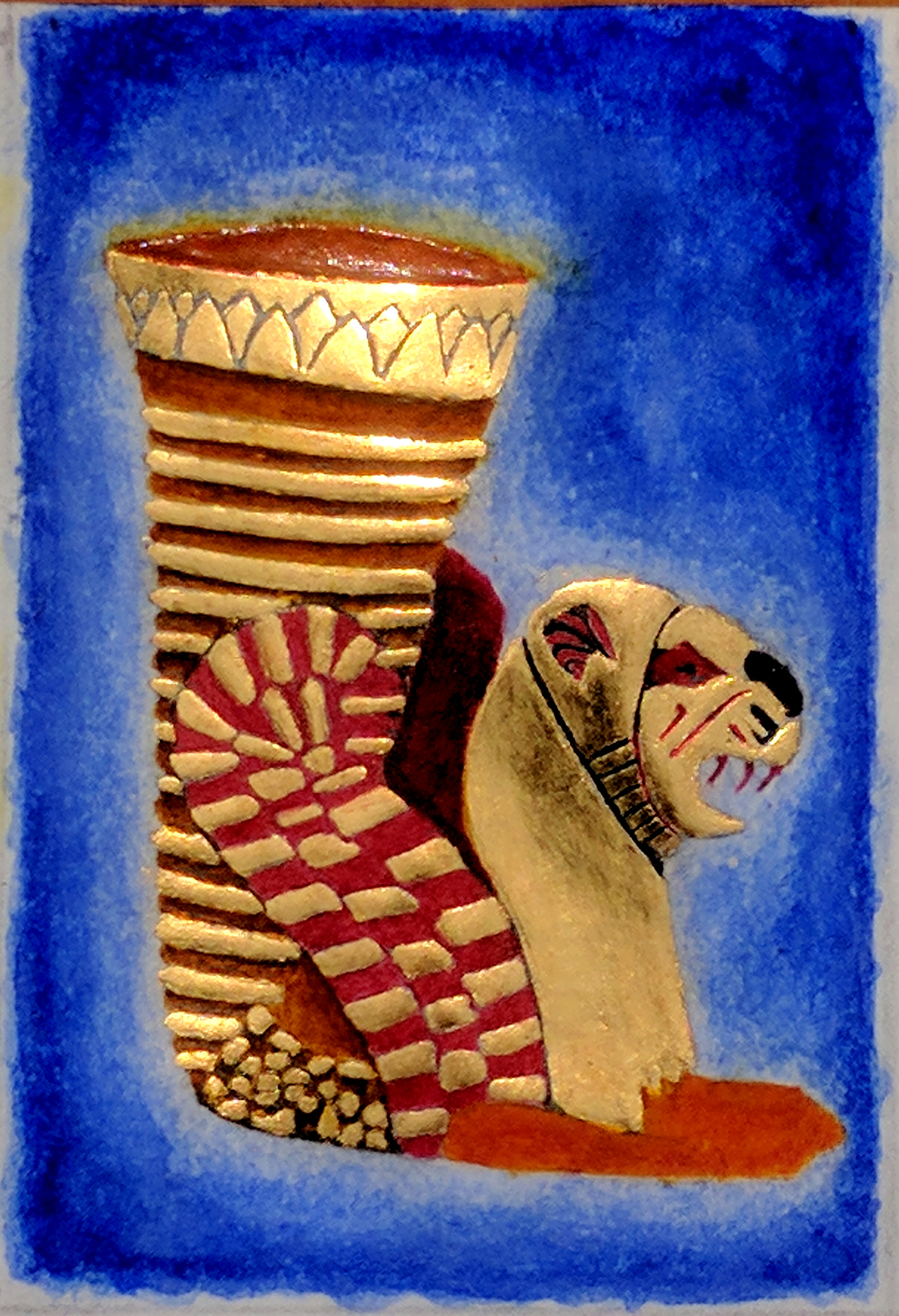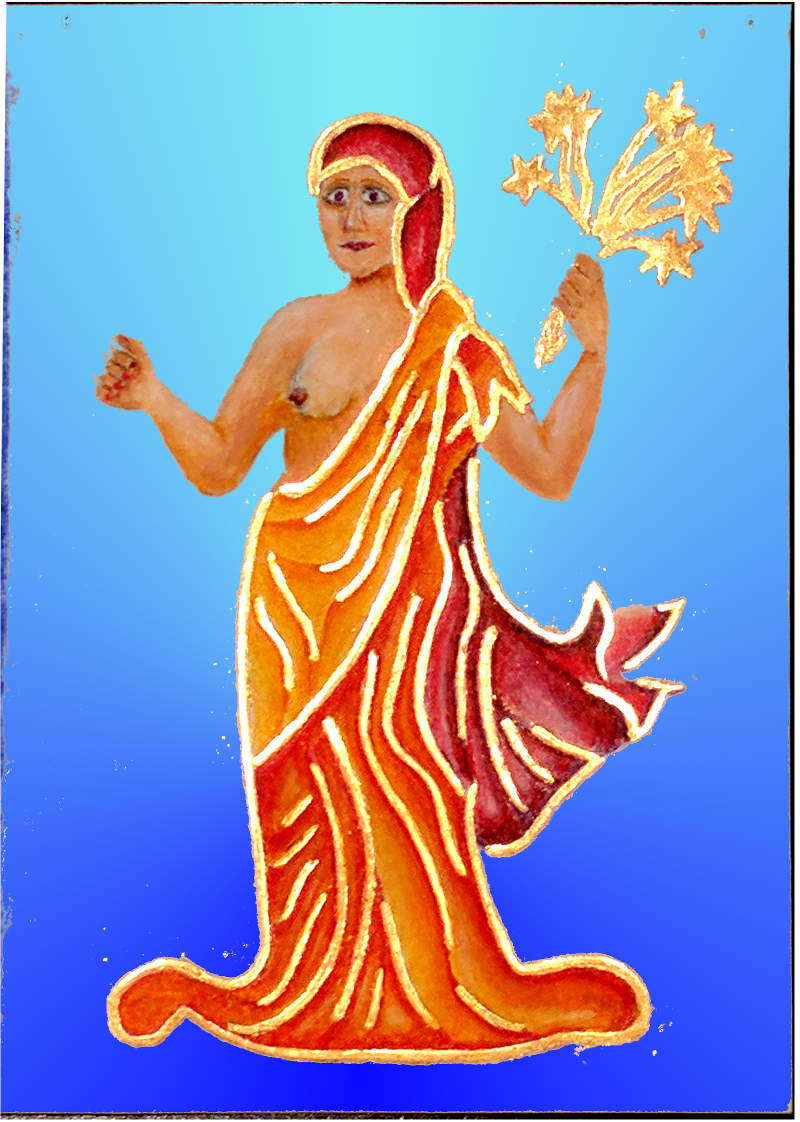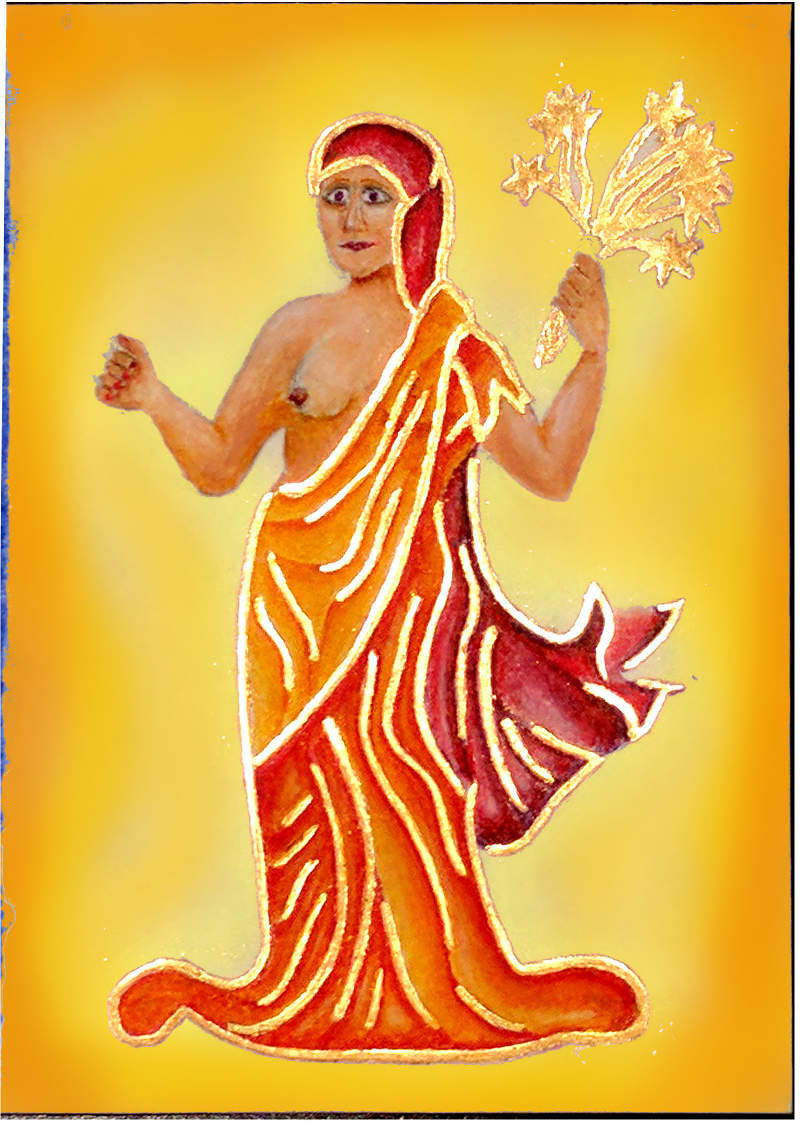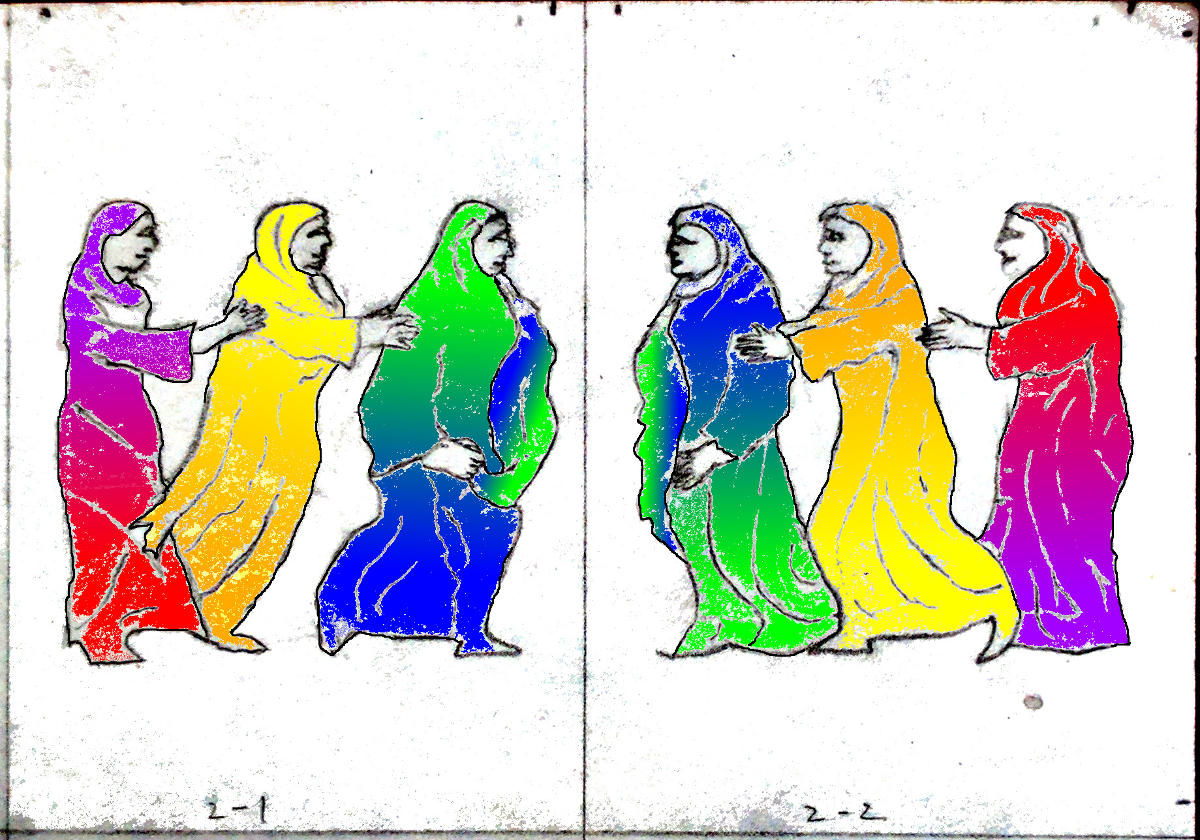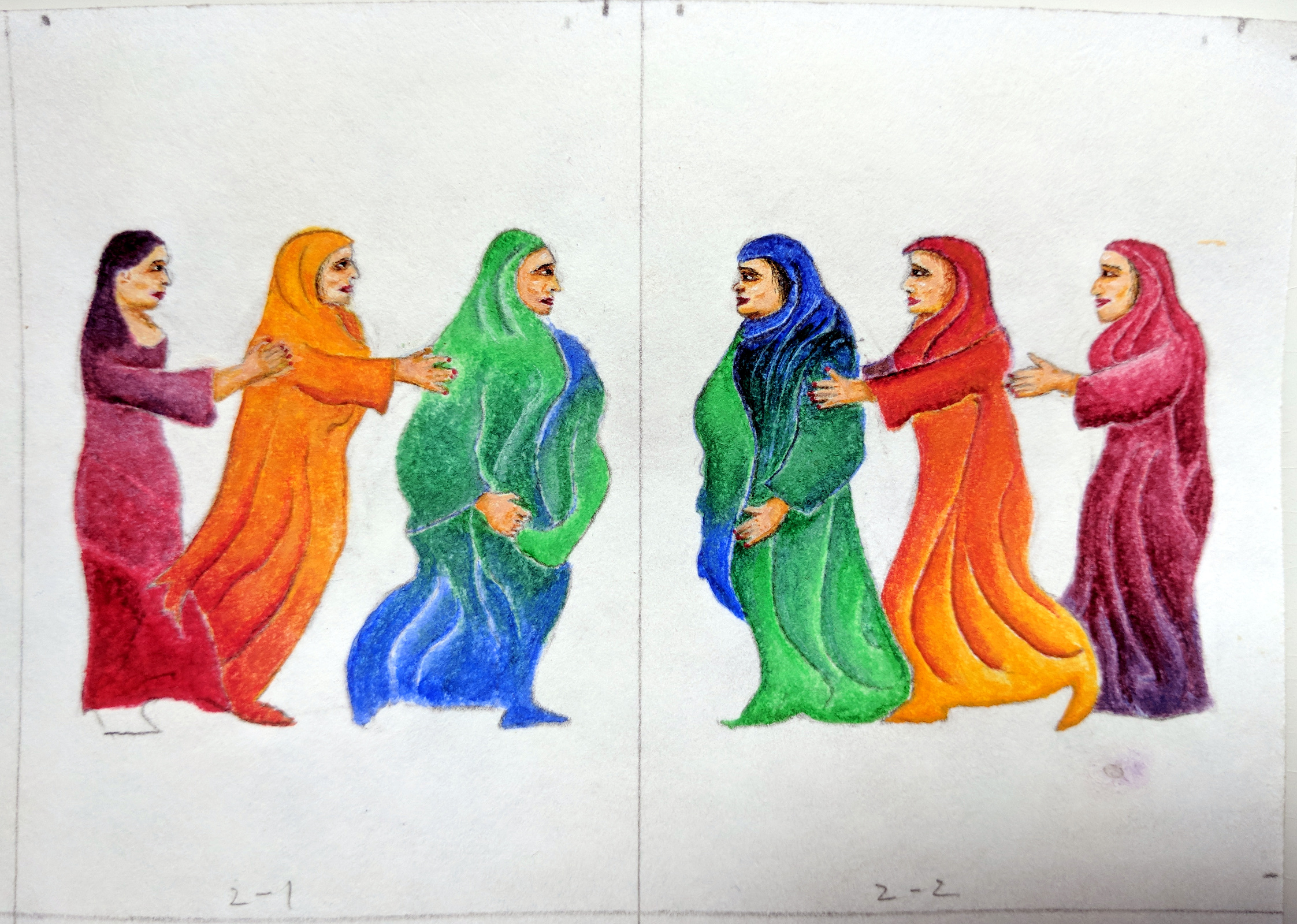One of the remarkable people I have had the great pleasure to know, Greg Barker (find him here: https://gregbarker.education) recently posted a question-challenge to his readers:
McJesus Sculpture Controversy:
Discussion Question: Is it ever acceptable to violate religious symbols as a form of artistic expression?
Well, I rarely intervene in his discussions, but this just plucked a string of my ole beat-up guitar, and I responded with a short rant. Greg shot back this quick reply:
I think you should have a column entitled 'just sayin' ' I would be a happy follower of it.
Okay, Greg. You asked for it (altho I’ve edited out the rant component).
We live in a world where disrespect is glorified. From comedians to presidents and dictators disrespect earns big points. Disrespect is easy, thoughtless, and popular. But this religion of disrespect is a mind poisoner, and its exponents invariably become narrow and diminished proportionately to the degree they engage in it. It is the voice of of intolerance, cynicism, bullying, abuse, and hatred, and it reflects a dystopic thinking we seem to want to pursue with alacrity. While there is much that is deserving of criticism in this world, in the end, if we are not devoting ourselves, primarily, to imagining a better world, including building bridges with those with whom we disagree, how then can we create a better world? McJesus is just another manifestation of the dystopia it purports to belittle.
Just sayin'...

